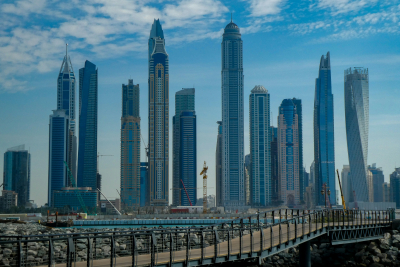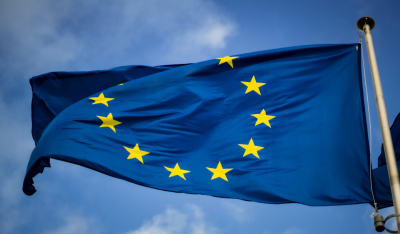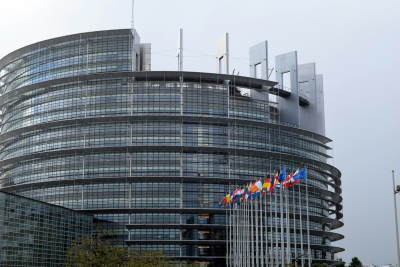This week the global climate change negotiations are kicking off in Lima, Peru. The 196 countries which have signed up to the UN Framework Convention on Climate Change (UNFCCC), which includes the EU and all its Member States, will come together to make progress toward a binding global climate agreement. A number of important issues are on the table, not least efforts to tackle climate change by reducing emissions from deforestation and forest degradation (REDD+).
In short, the rationale of REDD+ is to pay tropical, forest-rich countries to keep their trees standing in order to offset CO2 emissions. Deforestation is the second biggest contributor to global warming, after the burning of fossil fuels. Trees absorb CO2 and retain it for as long they live. When they’re cut down all that carbon is released back in the atmosphere.
Where does the EU stand in all of this? According to a study from 2013, the EU is a major driver of deforestation in the world, consuming the equivalent of nine million hectares of forested land (3x size Belgium) between 1990-2008. The EU’s role in deforestation is the largest amongst industrialised economies, far exceeding the impact of trading powers such as China and North America. A lot of the time, we have no idea that the products we are buying are linked to deforestation, such as steak, lotions, cleaning products and shampoo.
To tackle the challenge of deforestation, the EU supports ambitious global targets to reduce the loss of forests. As such, REDD+ is an important initiative for the EU, and it has supported a number of REDD+ pilot projects already. The EU also brings with it relevant experience through its innovative timber licensing scheme FLEGT (Forest Law Enforcement, Governance and Trade). FLEGT promotes forest governance and trade in legally sourced timber, and has over 10 years of lessons learnt to draw from.
Over the past few years, Transparency International and its National Chapters have been assessing corruption risks related to REDD+ (see our manual here). The findings show that while REDD+ could be a real opportunity to protect forests, it faces some major challenges in overcoming corruption and illegality. Some of the factors which increase corruption risks for REDD+ are: new streams of money and how they are managed; an increase in the economic value of forests and land; the complexity of dealing with carbon rights, payments and measurements; sharing of REDD+ benefits (financial) amongst local actors.
For example, in 2010 Liberia launched an investigation into a potential deal to rent out a 400,000 hectare forest carbon concession in the country to a UK company. The UK company had approached the Government of Liberia in 2007 to negotiate the allocation of the concession, which represents 1/5 of Liberia’s rainforest, with the intention of selling the carbon credits to clients who want to offset their own carbon emissions. Global Witness who had been examining the $2.2bn deal raised concerns about the proposal, including the relative inexperience of the company, irregular payments, and lack of consultation and effective safeguards.
Countries have already agreed part of how REDD+ will work in practice. In 2010, they agreed on safeguards to ensure that REDD+ is implemented in an inclusive, transparent manner, with respect for the rights of indigenous peoples and local communities and with consideration for the protection of biodiversity. Countries will need to report on how they are meeting these safeguards through “Safeguard Information Systems” (SIS). What is at stake in Lima is how the reporting will work and what information will be included as part of this system.
In addition to TI’s recommendations as part of the REDD+ Safeguards Working Group, we have emphasized 5 key anti-corruption recommendations on what REDD+ countries should include in the SIS:
- How stakeholders are consulted, and especially local communities and indigenous peoples;
- How complaints are addressed through grievance mechanisms;
- How anti-corruption is addressed through policies and sanctions;
- How access to information of the SIS is ensured, and is made accessible and meaningful for people concerned by REDD+;
- Creation of a formal, independent and permanent multi-stakeholder review mechanism of the SIS.
No decision or a weak decision on REDD+ safeguards would be a serious missed opportunity to ensure that the new reporting system can act as an effective tool for anti-corruption.
Watch this space: Transparency International is working with its partners in Cameroon, Central African Republic, Republic of Congo, Democratic Republic of Congo, Ghana, Zambia, and Zimbabwe on a new REDD+ anti-corruption project (2014-2016). As part of this project TI is developing an e-learning tool on corruption risks and REDD+ which will be available here. This project is supported by the European Commission.
Image by (flickr) by Schub@| Creative Commons BY





